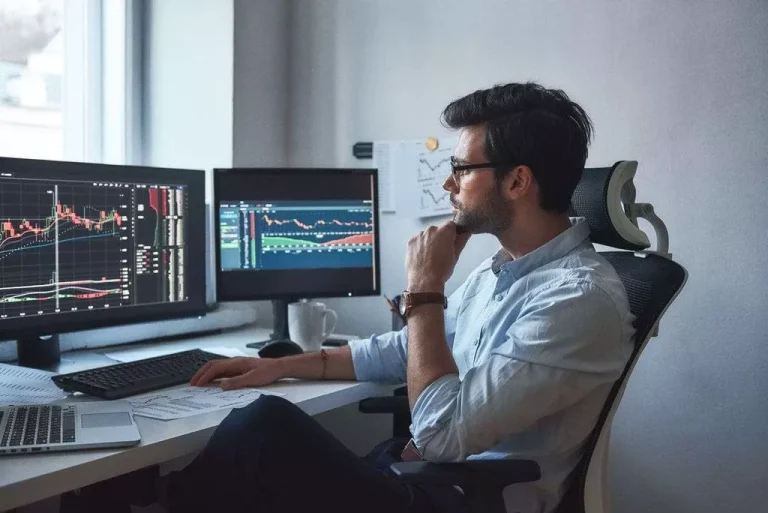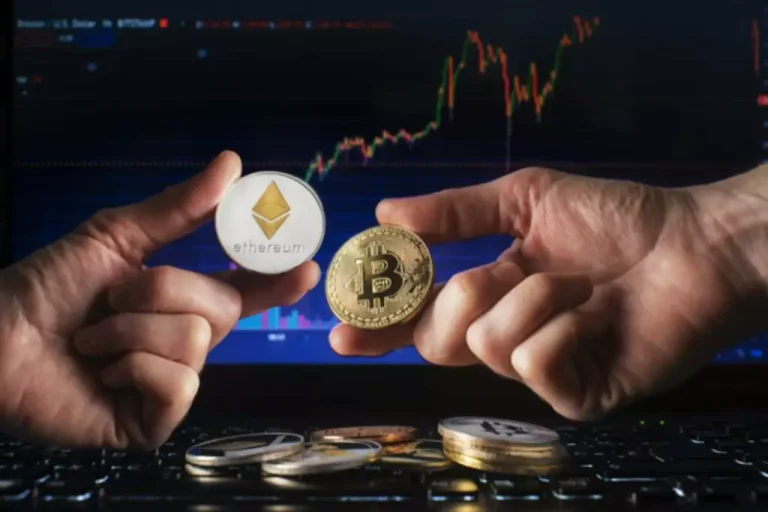For example, if an AMM has ether (ETH) and bitcoin (BTC), two risky assets, every time ETH is bought, the value of ETH goes up as there could be less ETH in the pool than earlier than the purchase. Conversely, the worth of BTC goes down as there may be extra BTC within the pool. The pool stays in fixed balance, the place Automated Market Maker the whole worth of ETH within the pool will always equal the whole value of BTC within the pool.
Defi Defined: Automated Market Makers
This also reduces the chance of slippage, since costs are extra in sync with other markets. By prioritizing pegged property, Curve is a dependable Proof of identity (blockchain consensus) market maker for giant trades, opening up specific use cases like crypto ETFs. Balancer made CMMM well-liked by pooling its liquidity into one CMMM pool somewhat than multiple unrelated liquidity pools. CMMMs stand out with some attention-grabbing use circumstances corresponding to one-tap portfolio providers and index investing.
What Are Automated Market Makers (amms)?
Professional market makers may be https://www.xcritical.in/ extra comfy with a system like Kyber Network, while common crypto users have gotten extra comfortable with Uniswap and Balancer. Users which are on the lookout for steady interest rates on their stablecoin holdings can use Curve. Balancer can be one of the first AMM pools to experiment with liquidity mining.
What’s An Automated Market Maker (amm)? Amms Explained

Uniswap is a market maker big with over $3 billion total worth locked (TVL), dominating over 59% of overall DEX volume. In true TradingView spirit, the writer of this script has printed it open-source, so traders can perceive and confirm it. You may use it free of charge, however reuse of this code in publication is ruled by House guidelines. Multi Research focuses on bringing relevant details about various parts of the decentralized economy for those that wouldn’t have time to remain on prime of it on an everyday basis. When the depositor goes to withdraw from the pool they’re requested which stablecoin token to withdraw. Put simply, Curve offers interchangeability between the growing number of different stablecoins for dapp builders and customers.
How Do Automated Market Makers Decide Trade Price?
The first deposit sets the worth in accordance with the token balance ratio. This mechanism incentivizes arbitrators to actively commerce on popular pools to maintain the costs aligned with the exterior markets. Kyber Network has as a lot as three types of liquidity swimming pools that market makers can deploy. In different words, the value of an asset at the level of executing a trade shifts significantly earlier than the trade is accomplished. Hence, exchanges must ensure that transactions are executed instantaneously to scale back worth slippages.
In different words, they permit the customers to conduct transactions without any intermediary facilitating them. The mentioned quality differs AMMs from typical exchanges that use order books. Hence making crypto buying and selling methods transparent and trustworthy. We will discover how all of those AMM protocols cope with impermanent loss in additional detail subsequent. Trades which may be routed through multiple pool are accompanied by a zero.6% fee to be able to full the commerce since every pool within the protocol charges its personal charge.
- Importantly, AMMs operate through smart contracts, verifying and legitimizing transactions.
- These smart contracts use the asset liquidity contributed by liquidity suppliers to execute trades.
- These protocols use sensible contracts – self-executing computer programs – to define the price of digital property and provide liquidity.
- What he didn’t foresee, however, was the development of various approaches to AMMs.
- In addition to this, AMMs problem governance tokens to LPs in addition to traders.
Here, x represents the value of Asset A, y denotes the value of Asset B, whereas k is a constant. For example, when a person wants to swap token A for token B, step one is to alter token A into the intermediary token T, then swap token T for token B. AMMs have really carved out their area of interest in the DeFi space because of how simple and simple they are to make use of. Decentralizing market making this way is intrinsic to the vision of crypto. Note, AMM platforms might use barely different formulation, however the basic is similar. The fixed formula is a singular element of AMMs — it determines how the totally different AMMs perform.
To incentivize liquidity suppliers to deposit their crypto property to the protocol, AMMs reward them with a fraction of the fees generated on the AMM, usually distributed as LP tokens. The follow of depositing assets to earn rewards is recognized as yield farming. While definitions might range, automated market makers basically permit the automated buying and selling of cryptocurrencies by using an algorithm to discover out trade prices.
They have enabled a provide of liquidity with out the need for conventional order books. New customers frequently discover AMM non-intuitive and hard to understand, particularly when they’re dealing with extremely risky trading pairs. Automated Market Makers (AMMs) are contract-based algorithms that optimize the digital asset trading course of.
Stocks, gold, actual estate, and most other assets rely on this conventional market construction for trading. If an AMM lacks an enough liquidity pool, traders that purchase and sell property on the decentralized finance (DeFi) AMM may experience a considerable value effect. It could end in capital ineffectiveness and an irreversible loss. AMMs provide liquidity providers a small percentage of the AMM’s charges, which often come within the type of LP tokens, so as to motivate them to deposit their digital property with the protocol. Yield farming involves the method of submitting belongings to earn incentives. If an AMM doesn’t have a sufficient liquidity pool, it could create a big value influence when merchants purchase and sell belongings on the DeFi AMM, leading to capital inefficiency and impermanent loss.

On a decentralized exchange like Binance DEX, trades occur immediately between consumer wallets. If you promote BNB for BUSD on Binance DEX, there’s someone else on the opposite aspect of the commerce buying BNB with their BUSD. Flat fees are sometimes charged to every pool trade, usually around 0.3%, typically rising if a quantity of pool trades are involved. Depending on the dimensions and complexity of your commerce, it is value checking these with each AMM protocol. Constant sum market makers (CSMMs) are an AMM variant that use the sum of two tokens as the idea, not like CPMM which makes use of the product.
AMMs use a mathematical formula, or algorithm, to discover out commerce price. Liquidity pool token ratios are typically used as the idea of these algorithms, inflicting worth fluctuations following trade executions and making AMMs reliant on arbitrage merchants. A typical automated market maker trade is the change of a specific cryptocurrency pair through an AMM platform such as Uniswap, Kyber Network, or PancakeSwap. Uniswap, Curve, and Balancer are outstanding first-generation automated market makers, however they don’t seem to be with out their defects.
In some instances, these LP tokens can be further deposited, or “staked,” right into a separate lending protocol to earn further curiosity. For example, Uniswap v2 costs traders 0.3% that goes on to LPs. Other platforms or forks could cost much less to draw extra liquidity providers to their pool.
Market makers are entities tasked with providing liquidity for a tradable asset on an trade that will otherwise be illiquid. Market makers do that by buying and promoting assets from their very own accounts with the objective of constructing a revenue, typically from the spread—the gap between the highest purchase provide and lowest promote supply. Their trading activity creates liquidity, reducing the price impression of bigger trades. Currently, the entire 0.04% trade charges go to the liquidity suppliers, on prime of the lending protocols rates of interest that were earned for the time within the pool. When liquidity suppliers deposit their stablecoins into the pool it’s mechanically traded into an equal share of the pool tokens.

